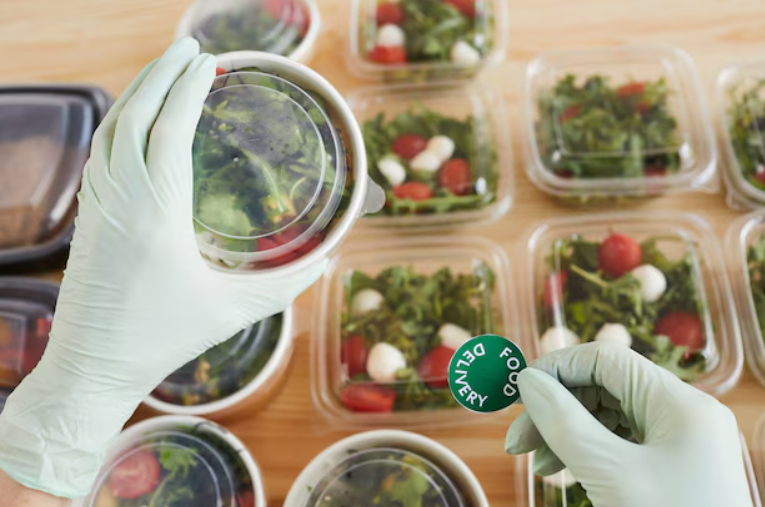Important Steps to Choose Organic Food
In recent years, the demand for organic food has surged as more and more people are becoming conscious of their health and the environment. Organic food is grown without the use of synthetic pesticides, fertilisers, genetically modified organisms (GMOs), or irradiation. Choosing organic food can not only provide numerous health benefits but also contribute to the sustainability of the planet. In this guide, we will outline the essential steps to help you make informed decisions when selecting organic food.
1. Understand What Organic Food Means
Before diving into the specifics of how to choose organic food, it’s important to first understand what it truly means. Organic food refers to products that are grown and processed using organic farming methods. These methods focus on using natural substances and techniques to foster plant growth and prevent pests. This includes crop rotation, natural fertilisers, and the use of organic pesticides. For meat and dairy products, animals are raised without antibiotics, hormones, or synthetic chemicals.
In most countries, organic products are certified by regulatory bodies that ensure compliance with organic farming standards. In the U.S., for example, the USDA Organic label guarantees that the product meets strict organic guidelines. Understanding the certification process can help you differentiate between genuinely organic and conventionally grown food.
What to Look for in Organic Food Certification
The USDA Organic label ensures that the product meets strict organic guidelines. Other countries have their own certification marks, such as EU Organic or Canada Organic, which serve as reliable indicators of organic practices.
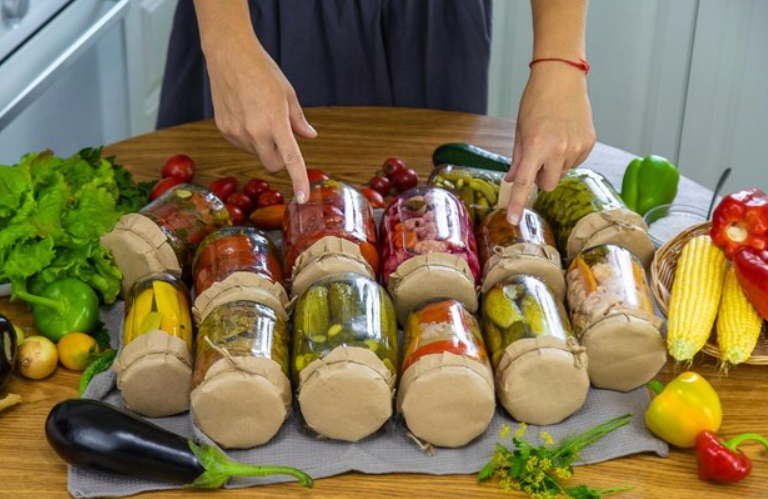
2. Learn to Identify Organic Labels
When shopping for organic food, knowing how to identify the right labels is crucial. Look for certification marks like the USDA Organic seal, which is a guarantee that the product has met specific organic standards. Similarly, other certifications like EU Organic or Canada Organic are reliable indicators of organic practices.
Decoding Organic Labels and Their Meaning
The labelling on organic food can be broken down into several categories:
100% Organic: This means that the product is made entirely of organic ingredients.
Organic: At least 95% of the ingredients are organic.
Made with Organic Ingredients: This label applies to products with at least 70% organic ingredients.
Contains Organic Ingredients: The product may contain some organic ingredients, but it is not certified as organic.
Being aware of these labels will help ensure that you are purchasing a truly organic product.
3. Consider the Source of the Organic Food
Knowing where your food comes from is a key factor in choosing organic products. Local organic farms are often a great choice because they tend to use fewer chemicals and follow environmentally sustainable practices. By purchasing food from local sources, you also support small farmers and reduce the carbon footprint associated with long-distance food transportation.
Benefits of Sourcing Organic Food Locally
Farmers’ markets, local co-ops, and Community Supported Agriculture (CSA) programs are excellent places to find fresh, locally grown organic food. By shopping at these venues, you can also speak directly with the growers to learn about their farming practices, which can give you peace of mind about the quality of your food.
4. Check the Price and Budget for Organic Food
One of the most common concerns about organic food is its higher price compared to conventional products. Organic farming practices often involve more labour-intensive methods, and organic crops yield less than conventional crops, which can drive up prices. However, the long-term health benefits of organic food—such as fewer pesticide residues and higher nutrient levels—can outweigh the extra cost for many consumers.
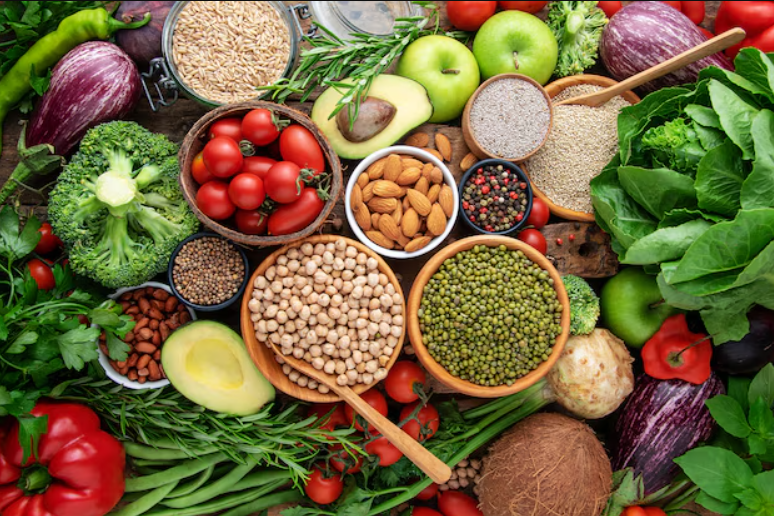
How to Save Money on Organic Food
If you are on a budget, there are ways to still include organic foods in your diet without breaking the bank:
Prioritise organic for foods that are known to have higher pesticide residues, such as strawberries, spinach, and apples. These are often referred to as the “Dirty Dozen.”
Consider buying organic products in bulk, which can be more affordable.
Purchase in-season organic produce, as it is usually less expensive than out-of-season items.
Look for sales or discounts on organic food items and stock up when prices are lower.
5. Focus on Fresh Produce First
When starting to incorporate organic foods into your diet, it is recommended to focus on fresh produce, such as fruits and vegetables. Conventionally grown fruits and vegetables are often heavily treated with pesticides and synthetic fertilisers, which can lead to chemical residues on the produce. By choosing organic produce, you can minimise your exposure to these harmful chemicals.
Choosing Organic Fresh Produce for Better Health
In addition to avoiding synthetic pesticides, organic fruits and vegetables tend to have higher nutrient levels, making them a more nutritious option. Organic tomatoes, for instance, have been shown to contain higher levels of antioxidants than conventionally grown ones. Choosing organic fresh produce is one of the most effective steps in improving the quality of your diet.
6. Read the Ingredient List for Processed Organic Foods
While buying fresh organic produce is straightforward, selecting processed organic foods can be a bit more complicated. Organic packaged foods can still contain additives, preservatives, or other non-organic ingredients, so it is important to read the ingredient list carefully.
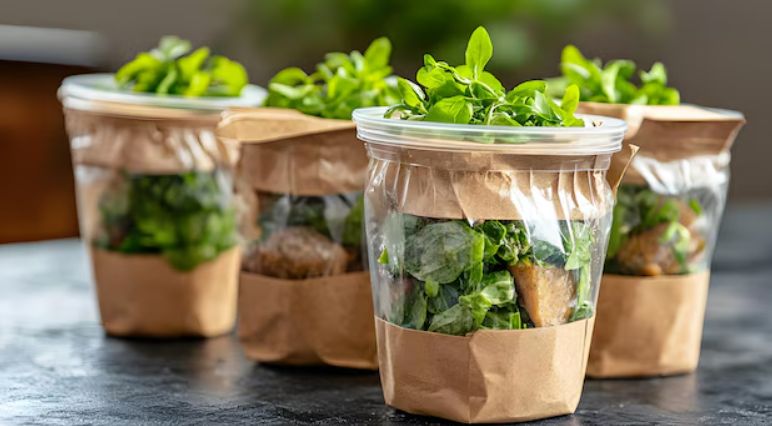
Tips for Choosing the Best Organic Packaged Foods
When shopping for processed organic foods, look for those with the fewest ingredients, as this indicates a more natural product. Avoid foods with added sugars, artificial sweeteners, and preservatives, as these can negate the health benefits of organic eating. Choose organic packaged items that have whole food ingredients, such as whole grains, legumes, and vegetables.
7. Understand the Environmental Impact of Organic Food
Choosing organic food is not only beneficial for your health but also for the environment. Organic farming practices are designed to be more sustainable, with an emphasis on maintaining soil health, reducing water pollution, and promoting biodiversity. By choosing organic, you contribute to the preservation of the planet’s resources and reduce the negative environmental impact caused by industrial farming practices, such as the use of synthetic chemicals.
How Organic Farming Supports a Healthier Planet
In addition to reducing pesticide runoff, organic farming supports healthy ecosystems by encouraging crop diversity, which attracts beneficial insects and pollinators. Organic farms also tend to use less water, as they focus on maintaining healthy, water-retaining soil.
8. Know the Benefits of Organic Meat and Dairy
Organic meat and dairy products are produced without the use of antibiotics, growth hormones, or synthetic chemicals. By choosing organic meat and dairy, you can reduce your exposure to these substances, which have been linked to health concerns like antibiotic resistance and hormone disruption.
The Advantages of Choosing Organic Animal Products
Organic livestock is raised on organic feed and is given access to the outdoors, which allows them to engage in natural behaviours. This contributes to better animal welfare and, in turn, provides a higher-quality product for consumers. Organic meat and dairy also tend to have a higher concentration of omega-3 fatty acids, which are beneficial for heart health.
9. Verify Organic Seafood
When it comes to seafood, the organic label can be a bit more confusing. While land-based organic farming standards are well established, there is no global certification for organic seafood. However, some countries have begun to regulate organic aquaculture, and you can find organic certification labels for seafood in certain markets.
Choosing Sustainable and Organic Seafood Options
Look for sustainable seafood options that have been sourced responsibly, even if they are not certified organic. The Marine Stewardship Council (MSC) and the Aquaculture Stewardship Council (ASC) offer certifications for sustainably sourced fish and seafood, which are important for both environmental sustainability and your health.
10. Be Aware of Food Labeling and Marketing Claims
Lastly, when selecting organic food, be cautious of misleading food labelling and marketing claims. Some products may use terms like “natural” or “free-range,” which are not necessarily synonymous with organic. “Natural” foods can still be processed with chemicals or contain GMOs, and “free-range” only indicates that the animals have some outdoor access, but not necessarily organic feed or hormone-free practices.
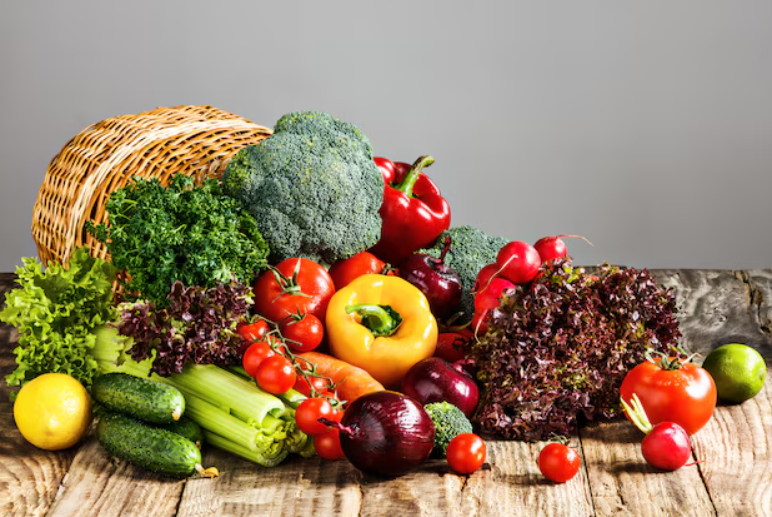
How to Spot Misleading Marketing Claims
Always look for specific organic certification logos and be mindful of vague claims. If a product does not have a recognised organic certification, it may not meet organic standards.
